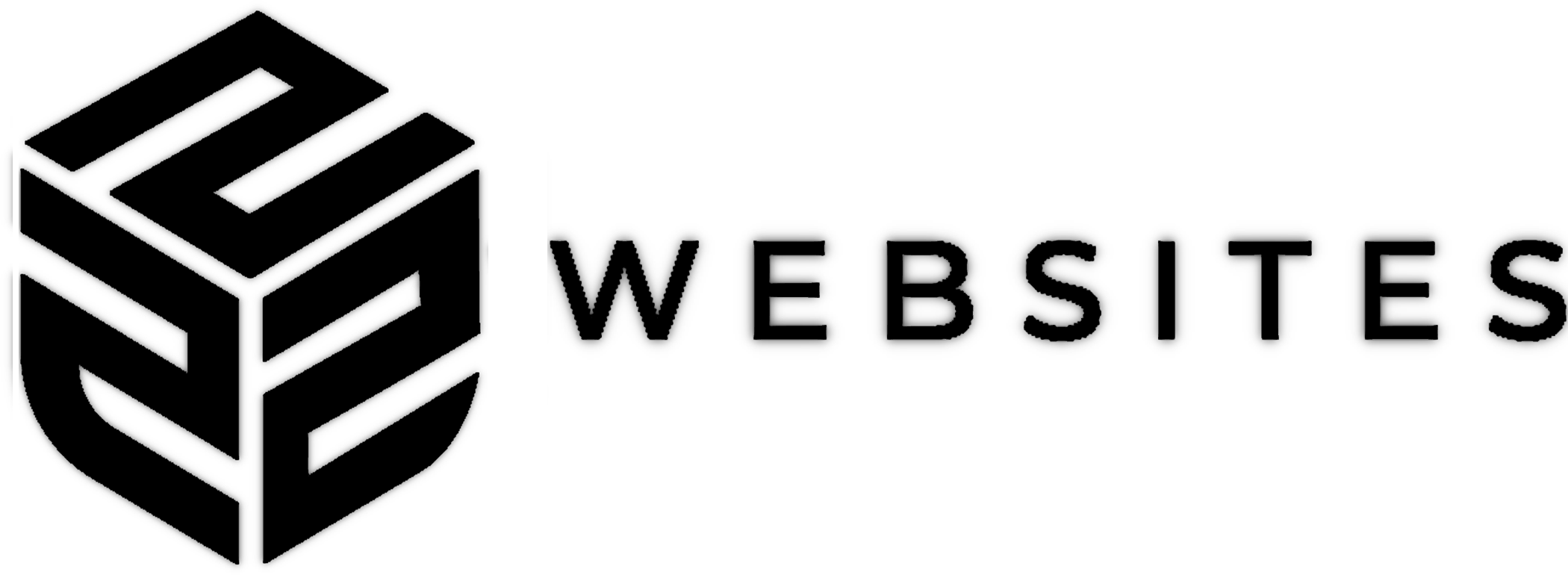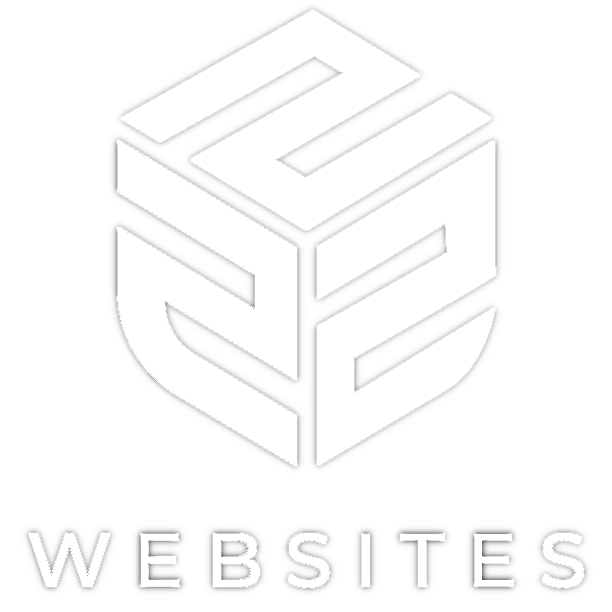Stay Updated with the Latest Insights and Tips
Welcome to our blog page! At 222 Websites, we share valuable content designed to help your business thrive in the digital world. From web design trends to SEO strategies and digital marketing tips, our blog is your go-to resource for staying informed and ahead of the competition.

Elevate Your Site: Top Web Design Content Management Systems
Best CMS for Web Design: How to Choose and Optimize Content Management Systems
Choosing the best content management system (CMS) is foundational to effective website design and development. In today's dynamic web landscape, a CMS isn’t just about managing content—it shapes the user interface, customer experience, and your overall digital strategy. Whether you’re using a drag-and-drop website builder or a full-featured enterprise content management solution, your CMS directly influences SEO, design flexibility, personalization, and content delivery. In this guide, we’ll explore top CMS platforms for 2024, how to compare them, and how to optimize them for performance, scalability, and usability.
What Is a Content Management System and Why Is It Essential for Web Design?
A content management system is a software application that allows users to create, edit, organize, and publish web content without needing to write code. It separates the frontend and backend—offering graphical user interface (GUI) tools for managing content, media types, and page layout. From a web design perspective, a CMS simplifies content strategy, streamlines editing, and supports dynamic web pages that scale across devices and platforms.
What Are the Core Functions of a CMS in Website Creation?
Page creation and layout via WYSIWYG editors
Media and digital asset management (images, documents, video)
SEO tools, metadata tagging, and structured data handling
Role-based user access and version control
Plugin, API, and component support for extensibility
How Does a CMS Improve Web Design Efficiency and Flexibility?
A CMS accelerates website development by providing reusable templates, real-time preview, and editing capabilities. It supports drag-and-drop page builders and integrates with web hosting services, content delivery networks (CDNs), and cloud-based document management systems. For developers and designers alike, it reduces the learning curve and allows for faster testing, patching, and customization.
What Are the Benefits of Using a CMS for SEO and User Experience?
Modern CMS platforms are built with user experience, usability, and search engine optimization in mind:
Mobile-first and responsive designs for smartphones
Clean, crawlable HTML and schema support
Structured navigation and menu systems
Integration with tools like Google Analytics for data and performance tracking
Personalization features to tailor content to different user segments
Which Are the Best CMS Platforms for Web Design in 2024?
Let’s explore some top CMS platforms and where they shine:
WordPress
The leading open-source CMS with robust plugin and theme ecosystems
Ideal for blogs, business websites, and basic e-commerce
Supports WooCommerce and numerous SEO tools
Drupal
Powerful for enterprise-grade websites needing complex data handling
Excellent for building custom workflows, multilingual sites, and secure environments
Offers strong API access and headless CMS flexibility
Shopify
Purpose-built for e-commerce, with omnichannel features and payment tools
Great for product catalog management, marketing automation, and checkout interfaces
Joomla
Balances ease of use with powerful customization options
Suitable for communities, nonprofits, and multilingual websites
Magento (Adobe Commerce)
Designed for enterprise e-commerce with advanced inventory and customer management
High extensibility and API support, but a steeper learning curve
Webflow
Combines a visual interface with code-level customization
Excellent for CMS website development and webflow enterprise projects
Supports dynamic content, animations, and live preview editing
Other notable mentions: Squarespace, BigCommerce, HubSpot CMS, TYPO3, Contentful, Optimizely, and Duda.
How to Choose the Right CMS for Your Web Design Project
Use the following criteria to make a well-informed decision:
Design flexibility: Can you implement a custom interface or need preset themes?
Cost and fees: What’s the total price for setup, hosting, plugins, and support?
Skill level: Is it beginner-friendly or designed for experienced web developers?
Scalability: Can it grow with your brand and traffic demands?
Ecosystem: Are there robust content management tools and community support?
A CMS comparison dashboard or checklist can help you evaluate your options side-by-side.
What Are the SEO-Friendly CMS Options and Best Practices?
Each platform has unique advantages:
WordPress
Integrates with Yoast SEO, schema plugins, and sitemaps
Offers customizable permalinks and image optimization tools
Drupal
Highly configurable metadata and URL aliases
Built-in taxonomy and content tagging system
Shopify
Optimized for mobile speed and clean product page markup
Easy integration with marketing platforms and email address capture tools
SEO best practices across all CMS include:
Using semantic HTML and accessible headings
Reducing bounce rate through engaging content
Structuring content with internal linking and clean URLs
What Web Design Trends Are Impacting CMS Selection in 2024?
Headless CMS and API-first architecture: Enables omnichannel content delivery across apps, devices, and voice assistants
Personalization and dynamic content: Tailored customer journeys based on tags, behavior, or segments
Mobile and responsive design: Required for optimal customer experience
Accessibility and compliance: Ensures equal access and legal protection
How to Migrate and Manage Content Effectively Using a CMS
Migration isn’t just technical—it affects your entire digital presence:
Use migration tools that retain metadata, tags, and structure
Audit content for accuracy, relevance, and SEO value
Keep consistent document and page hierarchy
Use redirects to prevent drop in rankings
How Can Agencies Leverage CMS Expertise for Better Client Results?
Digital agencies can build authority and revenue by offering:
Tailored CMS website packages (e.g., Webflow CMS for startups, Magento for retail)
Full website development including UX design, digital content strategy, and server setup
Ongoing support services: updates, backups, content management, and analytics
Expert-led onboarding and training to help clients manage content confidently
Final Thoughts
In 2024, choosing the right CMS is no longer just about managing content—it’s about enhancing performance, scaling your infrastructure, and creating seamless digital experiences. Whether you're looking to launch a podcast site, build a brand portal, or redesign an enterprise website, aligning your CMS platform with your goals, resources, and audience will drive results.
Need help navigating the top CMS platforms? Our team of CMS experts can help you evaluate, implement, and optimize the right solution—so you can focus on delivering exceptional customer service and content that converts.
Unleash Your Business Brilliance.
Your Online Success Starts Here
© 2025 222 Websites - All Rights Reserved



